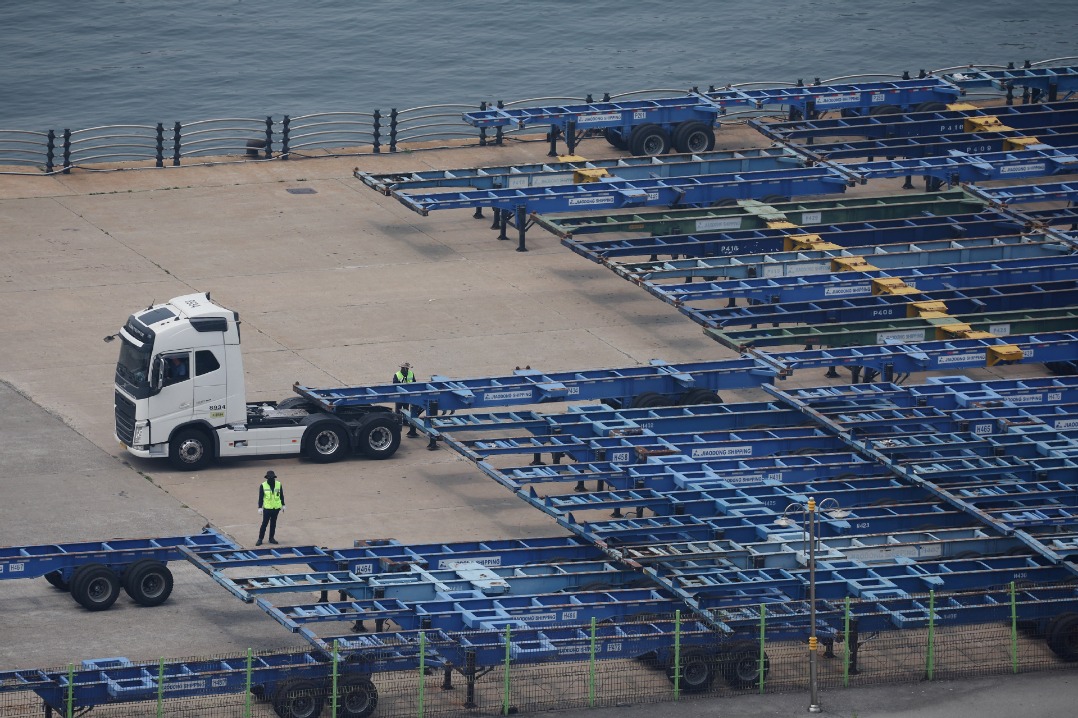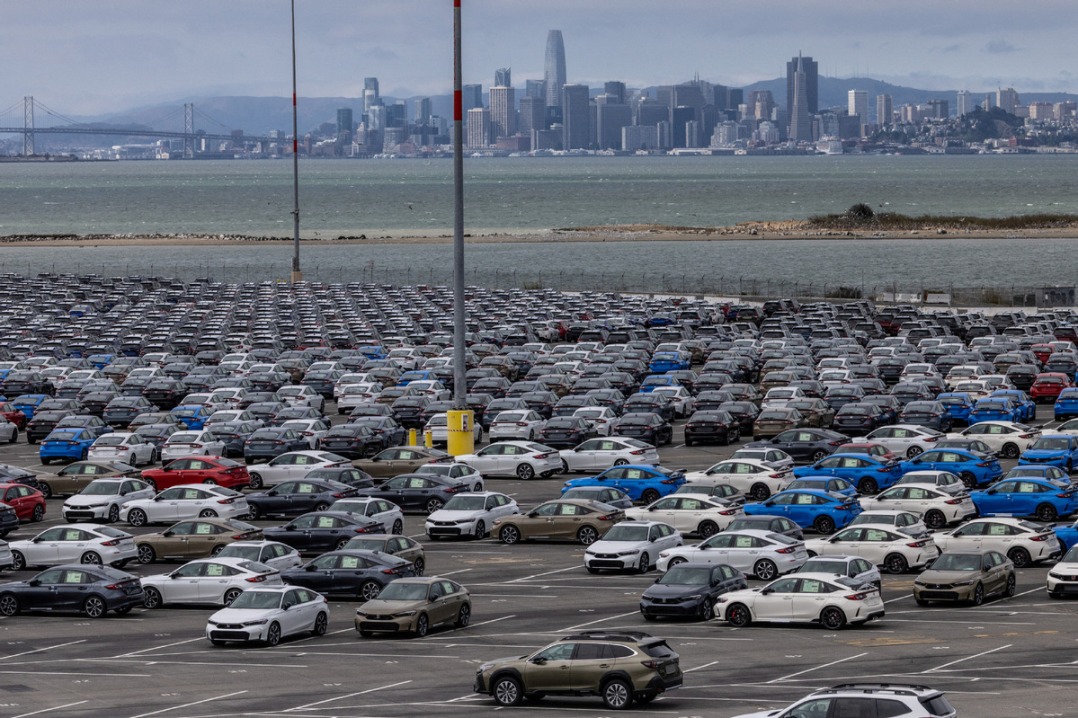Australia, NZ battle new wave of Omicron subvariant mix

Australia and New Zealand, once considered a gold standard for COVID-19 containment, are battling a fourth wave of the coronavirus which one expert has described as a rich "variant soup" of Omicron descendants.
Throughout Australia case numbers are surging and hospitals are again fast reaching capacity. Actual infections may be higher than official tallies as people are no longer required to test for COVID or report positive rapid antigen tests.
James Wood, an associate professor in the School of Population Health at the University of New South Wales, said the fourth wave of COVID-19 started in Australia towards the end of October, driven by what he described as a "variant soup of new lineages of SARS-CoV-2 that further escape existing infection-derived and vaccine-induced immunity".
"Instead of single variant driving this new wave, we now have many lineages with similar properties, although the XBB, BQ.1.1 and BR.2 lineages are likely to be most prominent in Australia," he told China Daily.
Leading New Zealand epidemiologist Michael Baker told Radio New Zealand, or RNZ, recently that daily COVID-19 cases in New Zealand topped 4,000 for the first time in three months on Nov 15, and it remains unclear when the wave will peak.
In late October the chief health officer for Australia's Victoria state, Brett Sutton, raised the alarm that a fourth wave had begun when he said the state had recorded a 25 percent increase in cases week-on-week.
This was echoed by his New South Wales counterpart Kerry Chant, who said people should prepare for a rise in cases. Elsewhere in the country, Queenslanders have been urged to start wearing face masks again.
In the first week of November, South Australia saw the highest number of cases reported in the state since early September, when it was bouncing back from a winter wave.
Australia's Health Minister Mark Butler said the federal government would roll out Pfizer's new bivalent vaccine as a booster shot for Australians aged 18 and over to combat the new wave.
There is no longer a mandatory period of isolation for positive COVID-19 cases anywhere in Australia, although some restrictions still apply for high-risk locations such as healthcare, disability, and aged care facilities.
Wood, from the University of New South Wales, said: "I expect we will see a short sharp wave, similar to the recent one in Singapore with a peak by the end of November.
"I also expect this to be smaller than the BA.5 wave but we will see a considerable rise in hospitalizations and deaths, particularly in people over 65, where blood surveys show that less than half of people have a prior infection."
The professor added: "We have seen no evidence of increased severity in international settings but age remains a key risk factor and there are many Australians still eligible for third or fourth doses who could benefit from a booster dose at this time."
Robert Booy, an infectious diseases and vaccine expert with the University of Sydney, told China Daily the new COVID wave is a matter of concern.
"It's due to the grandchildren of Omicron, a variant which has been with us now for a whole year. This tells us that the virus is running out of ways to mutate to evade our immunity," he said.
He said there will be an upsurge in cases but the new wave "will be easily body-surfed by most sensible people".
The University of Otago's Baker said the long-term effects of COVID-19 are the biggest worry facing New Zealand.
"They're grouped into Long COVID but there are obviously a whole lot of things that go on and I think the neurological effects can be very severe and quite disabling," he told RNZ.
"Every time you are reinfected, you run the risk of Long COVID. So, I think we still want to minimize the amount of times people get this virus.Problem is convincing people they should vaccinate."
He noted that over 50 percent of people who are eligible for their fourth dose have not had it yet.
Meanwhile, Pacific Island states are also seeing a rise in COVID cases with the latest being in Solomon Islands where over 400 cases were reported in the Temotu province in the nine days to Nov 15.
The Solomon Times has reported that the nation's health ministry has deployed a team of medical and public health workers to the province.
World Health Organization representative to Solomon Islands, Howard Sobel, said the WHO is committed to supporting the outbreak response and ensuring the health system in Temotu is not overwhelmed.

































